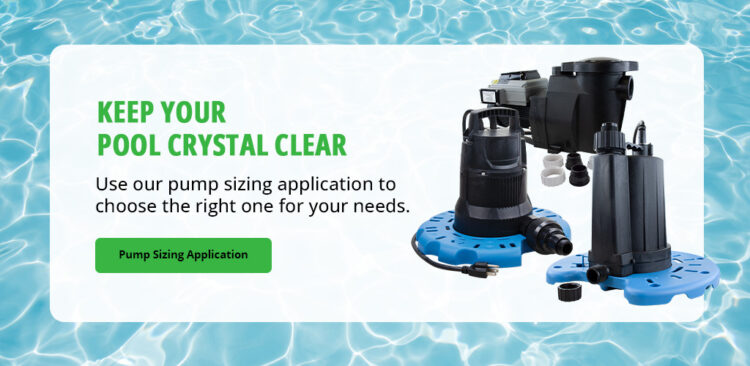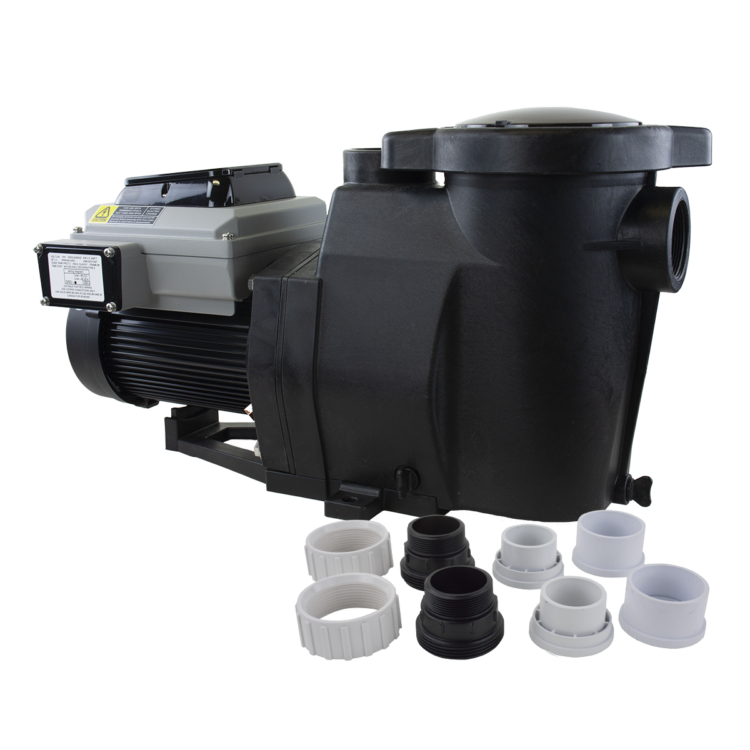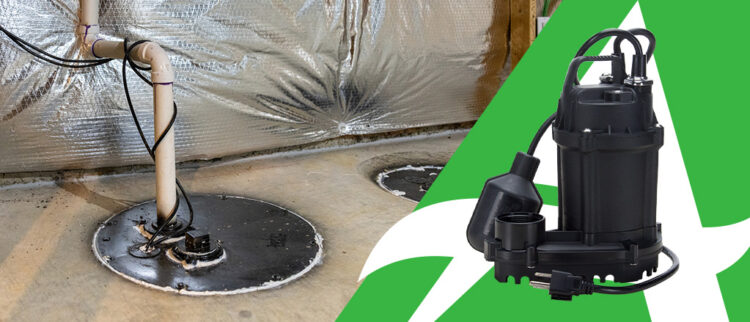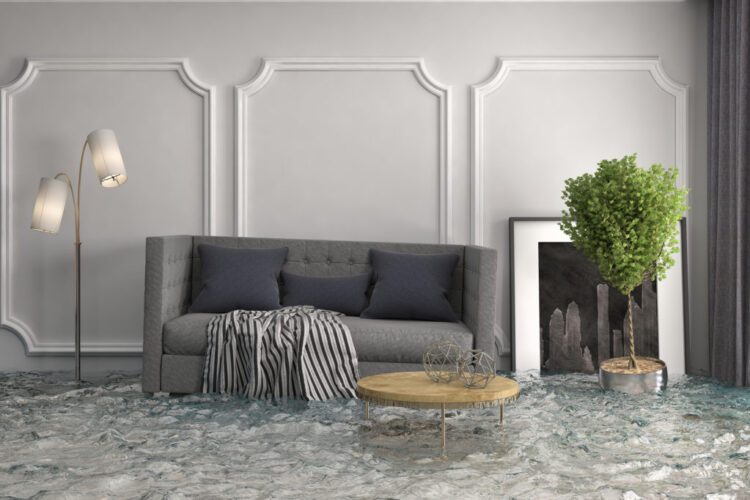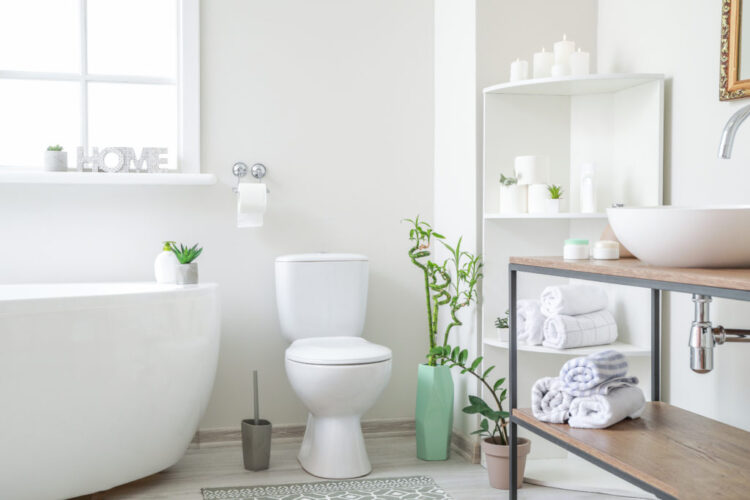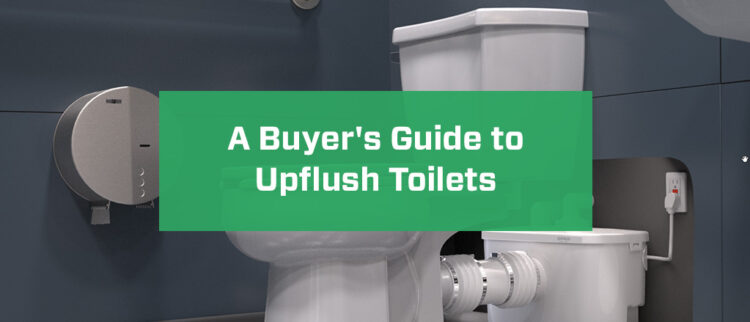Your pool pump plays a critical role in keeping your pool clean, clear and ready for swimming. It’s the part of the system that circulates water, catches debris and helps chemicals work effectively. Without it, even the most beautiful pool can quickly turn cloudy.
Homeowners who want to enjoy a relaxing swim after a long day and contractors focused on keeping clients’ pools in top condition can both benefit from a few simple maintenance habits.
Why Pool Pump Maintenance Matters
The pool pump pulls water through the skimmer and main drain, passes it through the filter, and pushes it back into the pool. This continuous cycle helps remove debris, prevent algae and circulate sanitizing chemicals. If the pool pump efficiency is low, the entire system can fall out of balance, leading to murky water, clogged filters and even damage to other pool equipment.
Routine upkeep protects your pool and your budget. Pumps that run inefficiently consume more energy and may need costly repairs or replacement sooner than expected.
Pool Pump Maintenance Tips
To keep your pool pump in good shape, make these tips part of your pool maintenance checklist.
1. Clean the Pump Basket Regularly
The pump basket is the first line of defense, catching larger debris like leaves, twigs and bugs before it reaches the filter. If the basket is clogged, it restricts water flow and forces your pump to work harder, reducing its efficiency and increasing wear.
During swimming season, it’s best to check the pump basket weekly. If your pool is surrounded by trees or gets a lot of use, check it more often.
Here’s how to care for your pool pump and clean it:
- Turn off the pump.
- Open the pump lid and remove the basket.
- Dump out debris and rinse the basket with a hose.
- Inspect for cracks or wear and replace if necessary.
- Reinsert the basket and secure the lid.
Make sure the pump lid’s O-ring is clean and lubricated to prevent air leaks that can disrupt suction.
2. Check and Clean the Pool Filter
Although the filter isn’t part of the pump itself, it’s essential to maintain clean swimming pool water. Dirty or clogged filters put extra strain on the pump motor, shortening its lifespan and compromising water clarity.
Types of filters include:
- Cartridge filters: Clean every four to six weeks during periods of heavy use and once a month during seasons of non-usage.
- Sand filters: Backwash as needed, usually when the pressure gauge rises 8 to 10 psi above the baseline.
- Diatomaceous Earth (DE) filters: Backwash and recharge with DE powder.
Always follow manufacturer guidelines, and never run the pump without a properly maintained filter in place.
3. Monitor Water Flow and Pressure
Changes in water flow or pump pressure can signal potential issues. A noticeable drop in pressure may indicate a clogged skimmer basket, dirty filter or air leak. Unusually high pressure could be a sign of a blocked return line or a dirty filter needing cleaning.
Install a pressure gauge on your filter if it doesn’t already have one. Note the pressure level after routine filter maintenance. That reading will serve as a benchmark to help you recognize when pressure begins to rise and maintenance is needed again.
4. Keep an Eye on Pump Seals and Gaskets
Pump seals and gaskets keep the system watertight. If they wear out or crack, water can leak. Air can enter the system, reducing the pump’s effectiveness and increasing the risk of burnout.
Look for signs like:
- Water collecting beneath the pump.
- Bubbling at the return jets.
- A pump that loses prime and fails to draw water properly.
It’s best to inspect pump seals at the beginning and end of the pool season. Use a silicone-based lubricant to keep gaskets supple and replace any that show signs of wear.
5. Prime the Pump Before Use
Priming the pump by filling it with water before starting is crucial for maintaining suction and avoiding damage. Running the pump dry can cause overheating and irreversible wear to the impeller or motor.
Follow these steps to prime your pump:
- Turn off the power.
- Remove the pump lid and fill the housing with water.
- Replace the lid securely.
- Turn the power back on and monitor for steady water flow.
If your pump regularly loses prime, inspect the suction side for leaks or clogs and check the water level in your pool.
6. Schedule Seasonal Maintenance
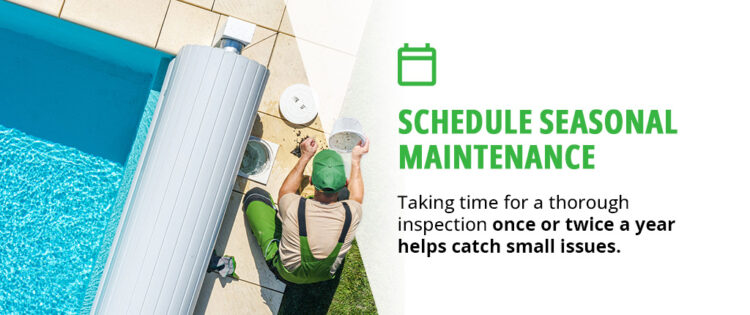
As with any home system, seasonal upkeep extends performance and longevity.
When you open the pool in the spring or summer, be sure to:
- Inspect for cracks or signs of freeze damage.
- Lubricate O-rings and gaskets.
- Prime and run the system while monitoring pressure and flow.
Follow these steps as part of your fall or winter shutdown, if applicable:
- Remove and clean the pump basket and filter.
- Drain the pump and lines to prevent freeze damage.
- Store the pump indoors or under a weatherproof cover.
Even in warmer climates where the pool stays open, taking time for a thorough inspection once or twice a year helps catch small issues before they become major repairs.
7. Keep the Pump Area Clear
Leaves, mulch, pool toys or debris accumulating around your pump can obstruct airflow and increase the risk of overheating. Insects and rodents may also be drawn to the warmth of the motor housing.
Prevent overheating and corrosion by:
- Keeping vegetation trimmed around the equipment pad.
- Removing clutter from around the pump.
- Checking for pest nests or signs of chewing on wires.
Your pump motor needs ventilation to stay cool, so it’s a good idea to check regularly.
8. Mind the Schedule, but Stay Flexible
Running your pump consistently helps maintain balanced water, but running it 24/7 isn’t always necessary. Most residential pools require eight to 12 hours of circulation per day, depending on size, use and climate.
Smart scheduling tips include:
- Using a programmable timer or smart control system to avoid manual adjustments.
- Running the pump during daylight hours to maximize chlorine efficiency, especially for saltwater pools.
- Adjusting run times after storms or heavy pool usage.
Avoid short-cycling — starting and stopping frequently — as this adds wear to the motor. A steady runtime at lower speeds is typically more energy-efficient and effective.
9. Don’t Ignore Unusual Noises
Grinding, screeching or rattling sounds can indicate a problem with the pump. These noises may stem from a blocked impeller, worn bearings or an unbalanced motor.
Take action with these steps:
- Turn off the pump and inspect the basket and impeller for obstructions.
- Check for vibration and make sure the pump sits securely on a flat surface.
- Contact a technician if the noise persists or the motor feels hot to the touch.
The sooner you investigate strange sounds, the less likely you’ll face an expensive repair.
10. Know When It’s Time for Replacement
Even with top-notch care, pool pumps have a lifespan — typically eight to 12 years. If you notice recurring problems, rising energy bills or constant repairs, it might be more economical to invest in a new unit.
Other signs it’s time for a replacement include:
- Frequent priming issues
- Leaks you can’t trace
- Loss of pressure or flow despite regular maintenance
- Motor overheating or shutting off automatically
For the best results, look for newer models that meet energy-efficient standards and match your pool’s size and plumbing setup.
Keep Your Pool Crystal Clear
Maintaining your pool pump doesn’t have to be complicated, but it does require consistency. By checking key components, listening to your equipment and making seasonal adjustments, you’ll enjoy cleaner water, a healthier system and peace of mind all summer long.
For homeowners and contractors alike, a clean, efficient pool starts with a reliable pump. Star Water Systems is proud to support that mission with equipment designed for performance, durability and ease of use. If it’s time for a new pump, use our pump sizing application to choose the right one for your needs.
